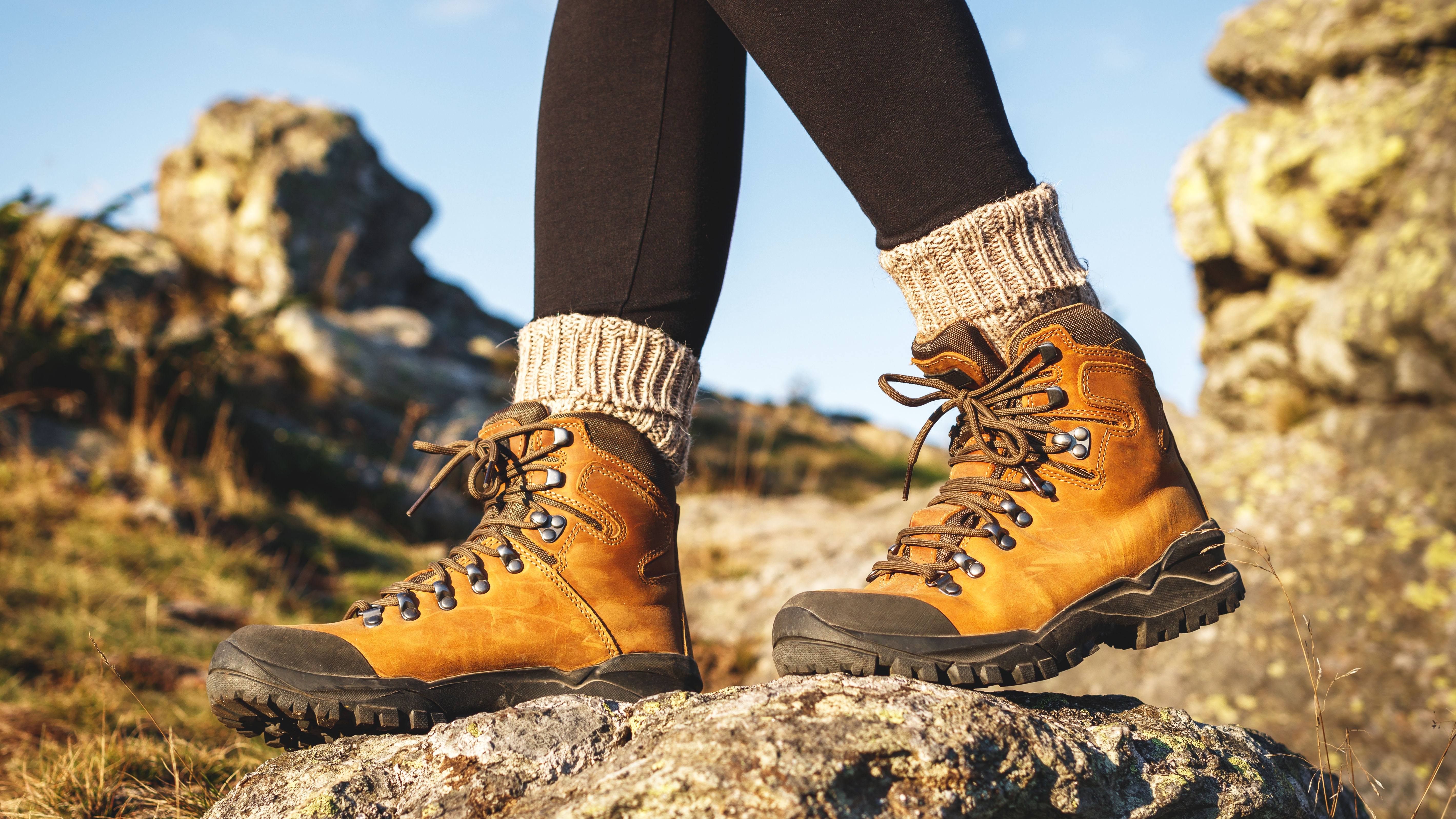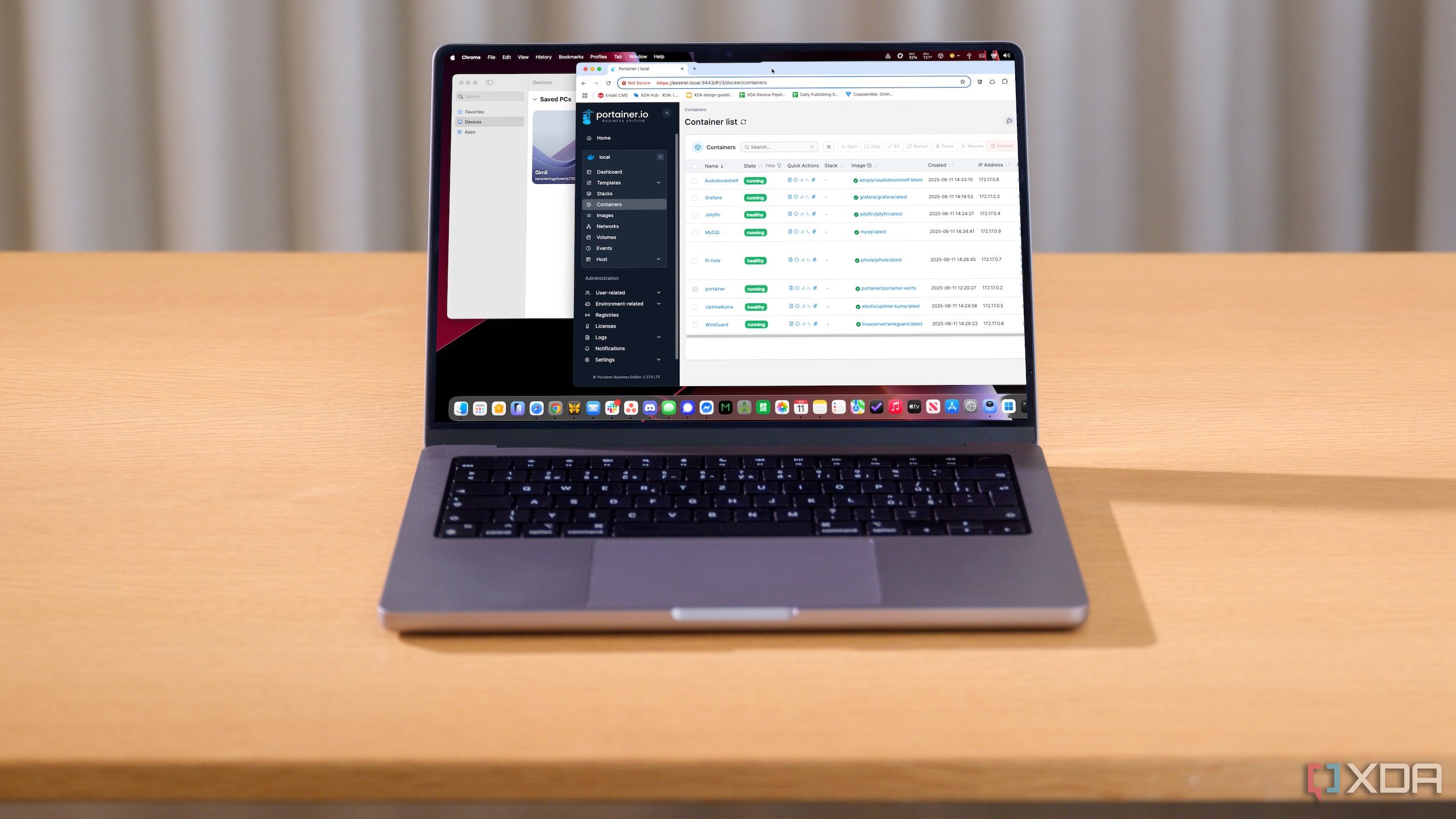From the viral trends of color walking and silent walking to the popular 5-2-4 Fartlek walking method, we’ve tested just about every walking workout going here at Tom’s Guide. But Nordic walking — a technique that uses poles to turn a simple walk into a full-body workout — might just be one of the most intriguing yet.
Often described as cross-country skiing without the snow, Nordic walking has been popular in parts of Europe for decades, especially in Scandinavia, where it’s credited with boosting cardio fitness, improving posture, and reducing joint strain. As someone who loves low-impact exercise but still wants to feel results, I decided to pick up a pair of poles and give Nordic walking a go myself.
After a week of daily Nordic walking, I noticed three key benefits that set it apart from a regular walk. It was more physically demanding than I expected — but in the best way. Here's what stood out.
What is Nordic walking?
Unlike the Japanese walking method, there’s no interval training involved in Nordic walking. Originally developed in Finland as a way for cross-country skiers to stay fit in the off-season, Nordic walking involves walking with a pair of poles that help engage your upper body as you move.
Rather than simply hiking with trekking poles, Nordic walking uses a specific motion: you plant the poles diagonally behind you and use them to help propel yourself forward with each step. It turns a regular walk into a full-body workout, activating the arms, shoulders, back and core, alongside your legs. In fact, research from the Cooper Institute suggests Nordic walking can burn between 20-46% more calories than normal walking at the same pace.
It’s also low-impact and joint-friendly, which makes it popular among people recovering from injury and older adults.
That said, I don’t fall into either of these categories, and I was still eager to give Nordic walking a go. I’m a pretty keen walker, and nothing quite helps me press the reset button — mentally as much as physically — like getting outside and moving my body. If Nordic walking is a way for me to scale up my daily walks so I can experience more of a cardio hit (and build strength to boot), then I’m all for it.
After getting my hands on some poles (the OEX Ultralite Carbon Z Walking Poles from Go Outdoors, to be exact), I was only too eager to start the challenge. I live on the outskirts of a city, so while I’m close to public transport and pavement, I’m also lucky to have easy access to rural trails. But, once you get over the somewhat strange sensation of walking with poles, Nordic walking can be done pretty much anywhere — in parks, along sidewalks, or even in urban green spaces.
Here are the three key benefits that stood out to me when trying Nordic walking.

1. My upper body *actually* got a workout
I’ll be honest — I didn’t expect to feel this much in my arms. Upper body strength training is a key focus for me at the gym, so I (naively) assumed that I wouldn’t find Nordic walking to be too challenging. I was wrong.
From day one, I could feel my triceps and shoulders working as I pushed back with the poles. Nordic walking isn’t just about holding the poles — it’s about using them to propel yourself forward, which means your arms, back, chest, and even your core get involved. It felt a bit awkward at first, but once I found the rhythm, I could feel the difference.
On a couple of mornings, I noticed some muscle fatigue in my upper body after finishing my walk — the kind of gentle soreness that tells you you’ve worked, but without the strain. It was a nice reminder that walking doesn’t always have to be lower-body dominant, and Nordic walking offers a way to engage your whole body without stepping into a gym.

2. It improved my posture and walking form
Once I got the hang of coordinating the poles with my stride, I started to notice how much better I was walking — not just during the workout, but throughout the day. Nordic walking forces you to stand tall, engage your core, and use a longer, more deliberate stride. I found myself naturally correcting my slouch and lifting through my chest to get the full benefit of the movement.
As someone who swears by anti-desk exercises to keep my posture in check, I was pleasantly surprised. And because the poles help distribute your weight and provide support, I was also landing more evenly through my feet, rather than collapsing into my hips (something I tend to do when I’m tired). It was like getting a gentle reminder with every step to move with intention.
3. It was more mindful than I expected
I went into this challenge thinking Nordic walking would be purely physical — a brisker version of my usual walk with the added bonus of some arm work. But what surprised me most was how mentally engaging it was. Because you’re coordinating your arm swings with each step, there’s a rhythm to it that demands focus, especially at the start.
Without realizing it, I was paying more attention to my body — how I was moving, how upright I felt, where I was planting my feet. I wasn’t scrolling on my phone or half-listening to a podcast. Being this present meant that by the end of each walk, I felt significantly calmer (which is no easy feat for someone with diagnosed ADHD).
I’m yet to try walking yoga, so I’m not able to draw a direct comparison — but I can say that Nordic walking is a surprisingly effective way to feel more grounded.
I tried Nordic walking every day for a week — my verdict
Nordic walking was a lot more dynamic than I’d expected. It challenged my body in new ways, especially my upper body, and made me think more intentionally about how I move. I probably won’t swap all my walks for pole-assisted ones, but I can definitely see the appeal — especially for people looking for low-impact, full-body cardio that’s also friendly on the joints.
If you’ve got access to walking poles (or want to invest in a pair), and you’re looking for a way to shake up your current walking routine, what’ve you got to lose?
Follow Tom's Guide on Google News to get our up-to-date news, how-tos, and reviews in your feeds. Make sure to click the Follow button.
.png)












 English (US) ·
English (US) ·